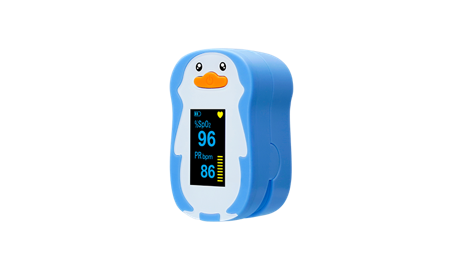Why Hospitals are Raving About Accurate’s Infant Pulse Oximeter

With Accurate‘s infant pulse oximeter exceptional accuracy and ease of use, parents can now monitor their infants’ oxygen saturation levels with confidence. Read on to discover why hospitals everywhere are turning to Accurate’s infant pulse oximeter as their go-to choice for monitoring infant oxygen levels.
Advantages of using Accurate’s pnfant pulse oximeter in hospitals
First, it is very accurate in measuring the oxygen saturation levels in infants. This is important because oxygen saturation levels can fluctuate rapidly in infants and can be a critical indicator of their health.
Second, their infant pulse oximeter is very easy to use and can be quickly set up and operated by hospital staff. This is important because it saves time and allows hospital staff to focus on other tasks.
Third, their infant pulse oximeter is very portable and can be easily moved from one patient to another. This is important because it allows hospital staff to quickly and easily monitor multiple patients at the same time.
What makes Accurate to be your partner?
Accurate’s business operations span across more than 100 countries and regions worldwide, with Their home healthcare products being sought after by customers universally. Their core mission is to provide accessible medical products and health management services to the public. As such, They offer doctors and patients a range of relevant products and comprehensive solutions. Their primary focus lies in providing rapid diagnosis, essential vital sign monitoring, and monitoring equipment services for primary care, home care, and community care
Conclusion
Accurate’s infant pulse oximeter is revolutionizing the way that hospitals are caring for their youngest patients. With its accuracy, ease of use, and affordability, it is no wonder why so many hospitals are raving about this new technology. Not only does it provide a fast and accurate reading on an infant’s vital signs but it also helps to reduce the risk of infection by not requiring unnecessary contact with the baby.




